Overview
People with disabilities are among the most stigmatized and excluded individuals around the world, adolescent boys and girls with disabilities are among the most disadvantaged due to discrimination against their impairment and other factors, such as poverty and ethnicity.
Youths with disabilities are likely to have poorer health, less education, less economic opportunity, live in greater poverty and deal with more inequalities than their counterparts without disabilities.
Disability is an evolving concept – it can be physical, mental, intellectual and/or sensory, some people are born disabled and others become disabled due to an accident, injury, malnourishment or disease. Disabilities can range from moderate to severe, some are permanent and others are temporary. Many are preventable and are linked directly to poverty (lack of health care and immunizations, poor nutrition etc.)
The situation of disabled youths: In The Gambia, a child born with a disability is destined for a life of dependency. For the poor, this burden can be extreme. Disabled youths can be a social, financial, mental and physical burden to their families. Through a lack of knowledge and skills of the family, the disables do not get the appropriate help they need. They do not go to school and hardly leave their homes. Therefore, they are not challenged and do not develop mentally or physically. Families will often favor a healthy child over a disabled child when it comes to food and attention.
Medical and rehabilitation treatment does not reach the disabled children in the community. Due to the high level of illiteracy, the families do not understand or know what benefits the government provides. In addition, villages are far from medical or rehabilitation centers, therefore, transportation cost is another obstacle.
In the constitution of The Gambia, Section 217, no(4); The state shall take measures to create an adult literacy program, rehabilitative vocational training for the disabled, and continuing education programs. In reality, a lot of disabled people do not have the opportunity to get the appropriate education. The free benefits do not reach the villages because most of the disabled are not registered after birth and the families do not know they are entitled to government provisions. Also, children will be sent away from schools because the school cannot provide the care needed and parents don’t know how to ask for special education or where else to go to. The ones who do get enrolled in normal schools are often neglected and are sitting in the back of the class without the possibility to learn at their own speed. Again, parents are not raising their voice to change this, because they risk being sent away.
Moreover, Very few opportunities exist in the workplace for people with disabilities. With the growing population size and the lack of jobs, very few people with disabilities get paid employment. They are often confined in their homes and are dependant on their families for a living.
The TechGilli Foundation project would like to contribute to the improvement of the current situation of the disabled community within schools in The Gambia. Our vision is to provide effective IT education and accessible resources to the disabled community that will encourage their self confidence, employability and self-reliance. The project will focus on promoting awareness of the existing benefits, offer support and influence government policy.
The problem:
In rural areas, a child born with a disability is destined for a life of dependency. For the poor, this burden can be extreme. Disabled youths can be a social, financial, mental and physical burden to their families. Through a lack of knowledge and skills of the family, the disabled do not get the appropriate help they need. They do not go to school and hardly leave their homes. Therefore, they are not challenged and do not develop mentally or physically. Families will often favour a healthy child over a disabled child when it comes to food and attention. Medical and rehabilitation treatment does not reach the disabled children in poor villages. Due to the high level of illiteracy, the families do not understand or know what benefits the government provides. In addition, villages are far from medical or rehabilitation centres, therefore, transportation cost is another obstacle.
The solution:
We believe that the solution to the points raised above are to build and offer accessible learning spaces for students so that they can each receive a fair education. We hope to do this by creating smart hubs filled with resources and specialist tutors within schools, transportation, accessibility in buildings and confidence building programmes. We also hope to build an empowerment centre; a trusting community of parents and families, where they can come together to support, encourage and educate each other on how to assist in building better lives for the differently abled students. We will do this by planning a parent board with regular meetings, workshops and support groups.
What we need:
In order to achieve our goals and make positive change within the disabled communities and schools for students, we will need;
Training courses for volunteers, staff and workshop facilitators
Resources for the smart labs e.g. laptops, computers, ipads, printers, adjustable table and chairs
Social & Economic Integration
Smart Technology means Smart Solutions for Persons with Disabilities.
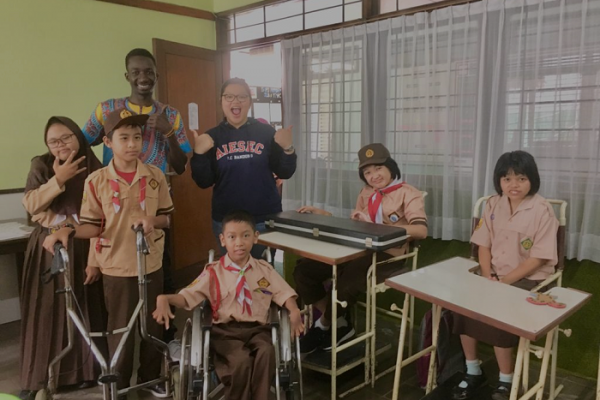
Our Approach
Lorem ipsum dolor sit amet, consectetur adipiscing elit. Morbi volutpat justo sed efficitur cursus. Mauris fringilla quam vitae lacinia.

Goal & Objectives
Lorem ipsum dolor sit amet, consectetur adipiscing elit. Morbi volutpat justo sed efficitur cursus. Mauris fringilla quam vitae lacinia.
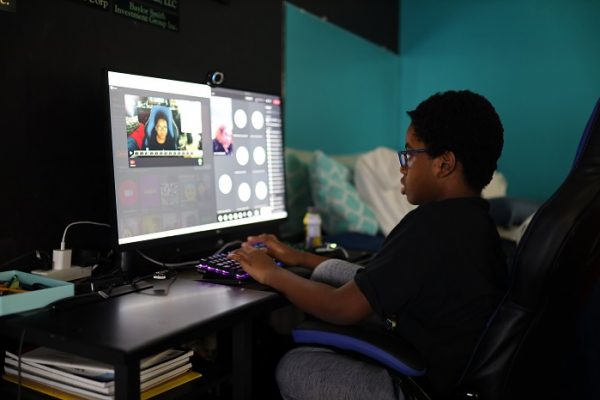
e-Learning
Lorem ipsum dolor sit amet, consectetur adipiscing elit. Morbi volutpat justo sed efficitur cursus. Mauris fringilla quam vitae lacinia.
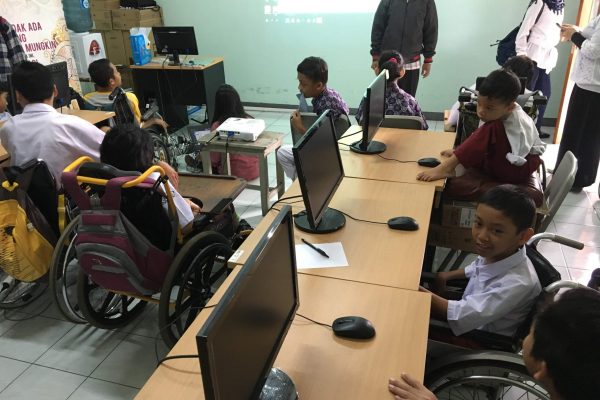
e-Accessibility
Lorem ipsum dolor sit amet, consectetur adipiscing elit. Morbi volutpat justo sed efficitur cursus. Mauris fringilla quam vitae lacinia.
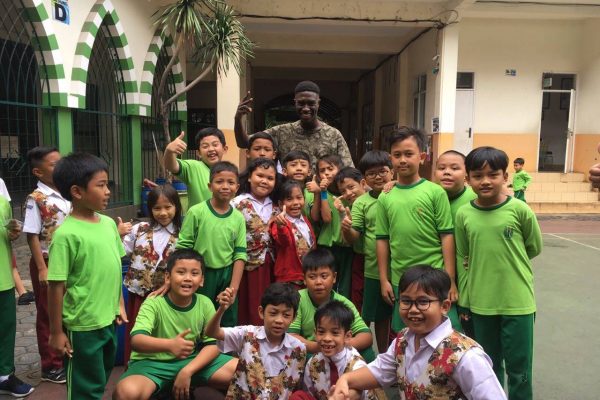
e-Services
Lorem ipsum dolor sit amet, consectetur adipiscing elit. Morbi volutpat justo sed efficitur cursus. Mauris fringilla quam vitae lacinia.
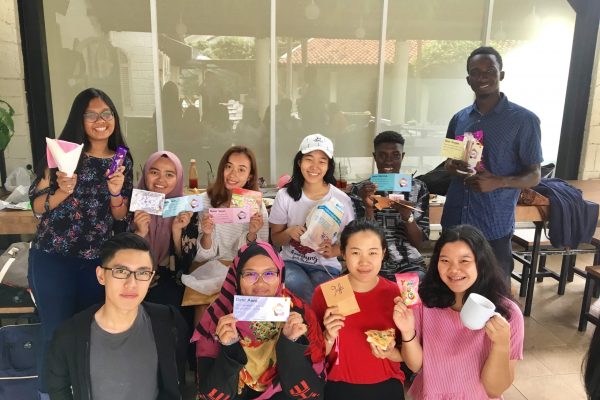
e-Inclusion
Lorem ipsum dolor sit amet, consectetur adipiscing elit. Morbi volutpat justo sed efficitur cursus. Mauris fringilla quam vitae lacinia.



